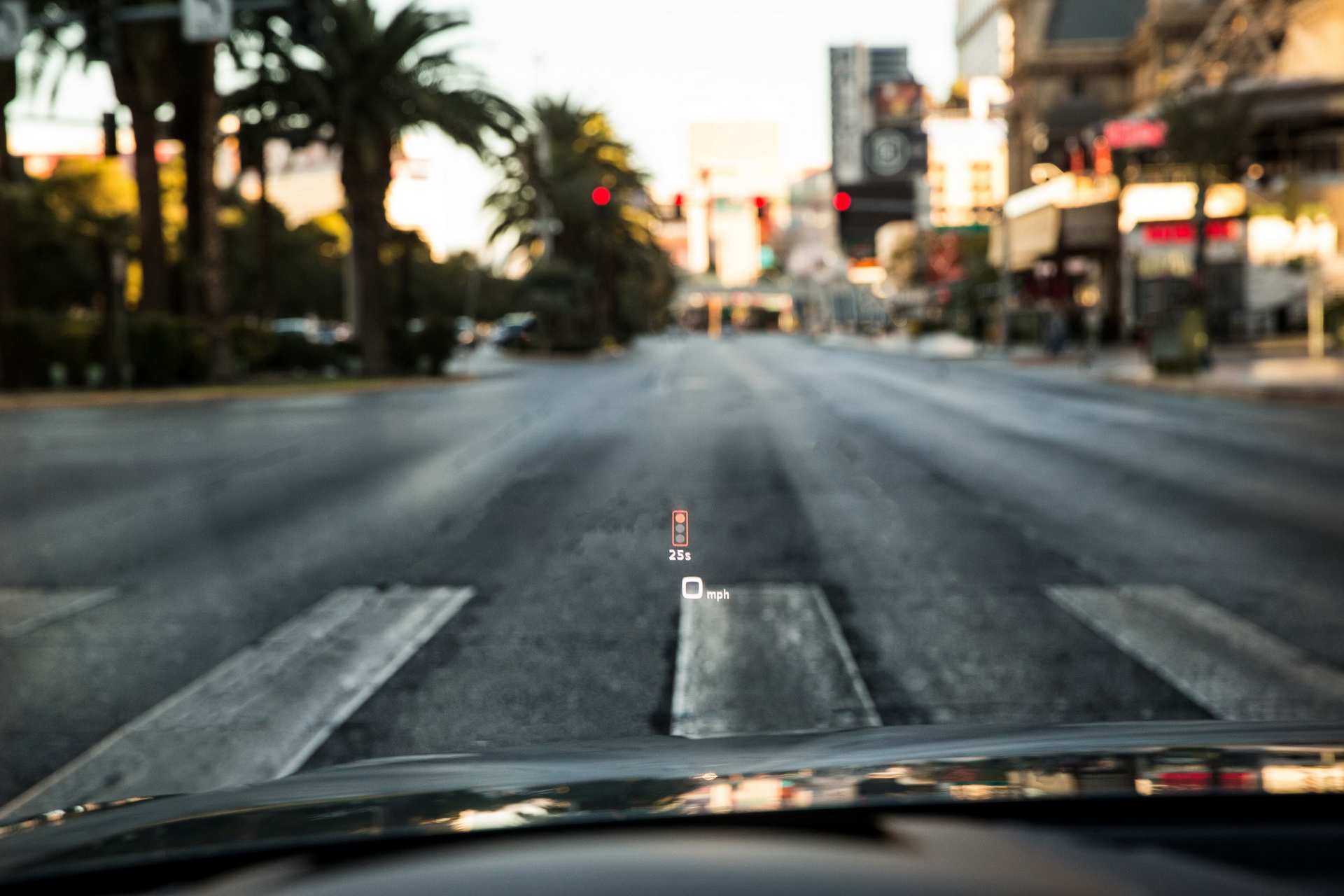
Event Data Recorder (EDR)
For a few days we have been telling you about the new ADAS road safety systems made mandatory by the European Union starting from 2024, but which are already beginning to spread to some top-of-the-range models; we told you about ISA, the Intelligent Speed Assistance system that basically has the task of preventing us from exceeding the speed limit, and today we tell you about EDR, Event Data Recorder, a real black box capable of collecting data from 'car during the driving phases.These devices are actually already very widespread as they are provided by insurance companies that use the data to evaluate the driving style of their customers, and possibly to reduce insurance premiums for the most virtuous and attentive drivers - who statistically cause and are involved in fewer accidents.
| ); }
While on the one hand these systems will certainly limit the freedom of individual motorists, on the other hand they will bring an undeniable improvement in safety on public roads ; For several years now, sector research has indicated that traveling speed is too high as the main factor for road accidents - therefore obliging all drivers to respect the limits thanks to ISA, knowing full well that the car will be able to know what it is. 'happened in the event of an accident thanks to EDR, it could lead to a drastic improvement in behavior on the roads.
The NHTSA Wants Automakers To Record More Data From You Car’s Black Box In The Event Of A Crash
The NHTSA is proposing a change to the way that automakers record event data, namely, they’d like more of it. A new proposal would have all event data recorders save 20 seconds of pre-crash data at a higher frequency in hopes of understanding crashes, and the events that lead to them, better. It would also allow the NHTSA to know more about how advanced driver assistance technology is involved.
Event data recorders (EDRs), often called black boxes, are actually common throughout the automotive industry and chances are, there’s one in your vehicle too. Back in 2012, the NHTSA proposed that all vehicles should have one and by 2014 more than 90% did. Today, the government agency says that some 99.5% of new vehicles are equipped with an EDR.
Since 2006, the NHTSA has required that automaker-installed EDRs record a number of key data points both before and during a crash. That includes speed, if the brakes were used, if any airbags went off, whether or not seat belts were fastened, and even the crash forces during the impact.
Read More: NHTSA Asks Tesla For More Information On Recent Model Y Fire In Canada

The trouble for the NHTSA is that these recorders only save five seconds worth of pre-crash data with two samples per second and that’s proving to be too little. Increasing that time span to 20 seconds and increasing the frequency of measurements to 10 per second could be helpful, it says. In fact, it thinks that it could tell the whole story about events leading to a crash in up to 90 percent of accidents.
Of course, should the change be adopted, it might be quite a while before it’s actually affecting the way automakers build cars. The agency has been studying the adoption of this regulation for some three years and has set a date of September 2023, as the earliest date on which this change can go into effect.
Automotive technology is zooming ahead faster than many realize and more data about accidents could prove to make cars even safer. Now we wait to see if this proposal becomes a requirement and then if it helps to improve vehicle safety as a result. How do you feel about your vehicle recording what goes on before and during a crash? Let us know down below.
